In the gaming world, there’s a strange paradox at play. The rapid advancement of technology brings excitement and awe, yet it also fosters frustration for many gamers. The intricate components that allow for groundbreaking graphics and immersive gameplay often clash with older titles, leaving enthusiasts grappling to reconcile their nostalgia with the realities of modern computing. It’s a delicate dance—one where the intricate machinery serves both as the pinnacle of innovation and a barrier to enjoying retro experiences. Consequently, countless beloved games from previous decades risk fading into obscurity, trapped beneath layers of technological obsolescence that perplex even the most tenacious players.
The Case for Game Preservation
This is where the concept of game preservation becomes crucial. As digital landscapes evolve, the inability to access iconic titles can lead to a loss of cultural heritage within the gaming community. For your average gamer, the nuances of outdated software are a daunting challenge. The preservation of classic games is not merely an interest but a necessity; it allows for the survival of rich narratives and innovative gameplay that shaped the industry. Just as we celebrate classic films and literature, video games deserve recognition as significant cultural artifacts, warranting efforts to keep them alive and accessible.
GOG: The Champion of Classic Games
Among the myriad companies fighting for the cause of digital preservation, GOG (Good Old Games) emerges not just as a player but as a significant force in reshaping how we view classic titles. With their bold initiative to revive games like Capcom’s revered RPG, Breath of Fire 4, GOG serves as a lifeline for lost experiences. Originally released for the PlayStation in 2000 and later adapted for PCs, this title exemplifies the challenges of aging software. GOG’s commitment to retro revival involves meticulous enhancements that breathe new life into these cherished adventures, allowing a bridge to form between the past and present.
Modernizing Without Compromise
GOG’s approach to revitalizing classic games extends beyond mere compatibility with contemporary systems. They incorporate an impressive array of upgrades that amplify the gaming experience, ensuring that players enjoy these nostalgic classics as intended, but with modern expectations. For Breath of Fire 4, the enhancements range from upgraded graphics options like V-Sync and Anti-Aliasing to improved audio quality, ensuring that the original essence of the game remains intact while simultaneously allowing it to shine in today’s vibrant digital landscape. These thoughtful updates encapsulate the spirit of preservation, as they marry nostalgia with contemporary gaming sensibilities.
The Power of DRM-Free Gaming
Perhaps one of GOG’s most revolutionary aspects is its staunch advocacy for DRM-free gaming. In an era increasingly dominated by cloud-based services, where access to digital games feels ephemeral and transient, GOG’s commitment to unencumbered ownership is refreshing. When players purchase games from GOG, they gain true control over their digital libraries. With each transaction, they are not simply acquiring a game; they are reclaiming a piece of personal history, restoring autonomy in a marketplace riddled with restrictions.
Reviving a Collective Heritage
But GOG’s initiative isn’t limited to Breath of Fire 4—it’s part of a broader vision aimed at resurrecting an entire treasure trove of classic titles. Collaborating with pioneering games like Ultima Underworld and Worms: Armageddon, GOG’s efforts are designed to reinvigorate interest in gaming history. Their program not only aims to generate revenue but also ignites a renaissance in appreciation for historical narratives within the industry, creating a vibrant community for both seasoned veterans and curious newcomers.
The Future of Gaming Culture
As GOG continues to curate a lineup of classic selections, one can’t help but feel a sense of optimism for the future of gaming culture. Their mission underscores the importance of preserving collective memory in an age where technology is ever-evolving. By championing titles that shaped our past, GOG invokes a sense of unity among gamers—old and new—inviting everyone to partake in the celebration of shared heritage. In a landscape fraught with technological upheaval, the dedication to reclaim and rejuvenate classic gaming experiences is more than commendable; it’s an imperative that potentially safeguards the future of an art form that connects us all.
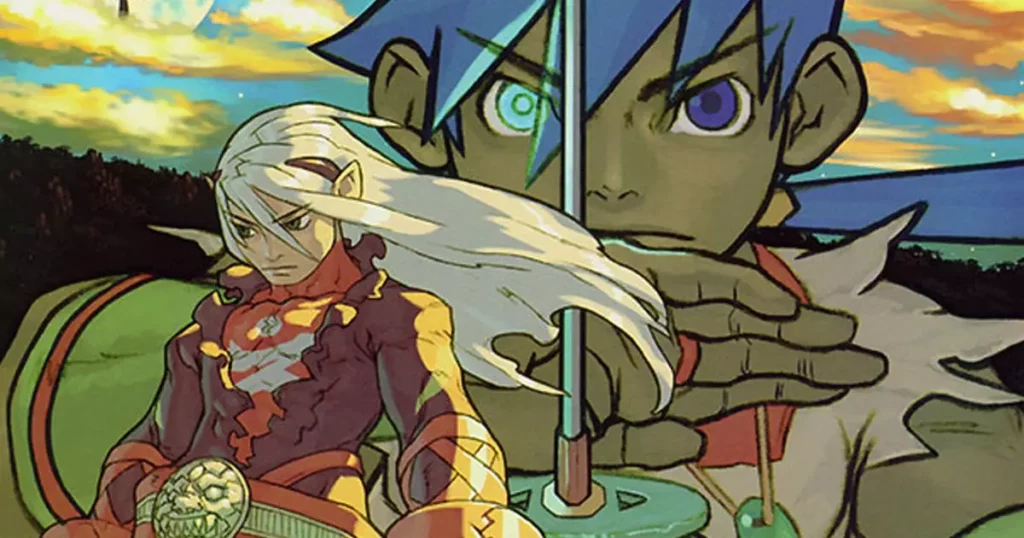
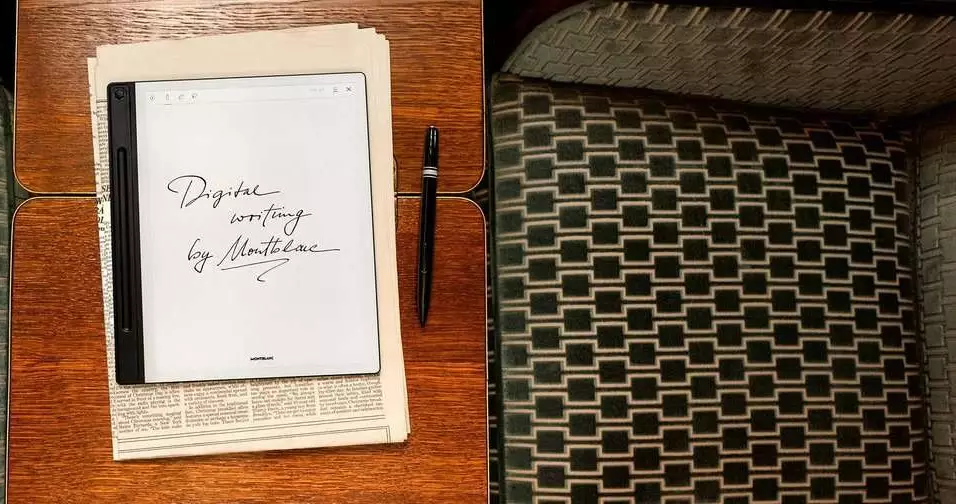
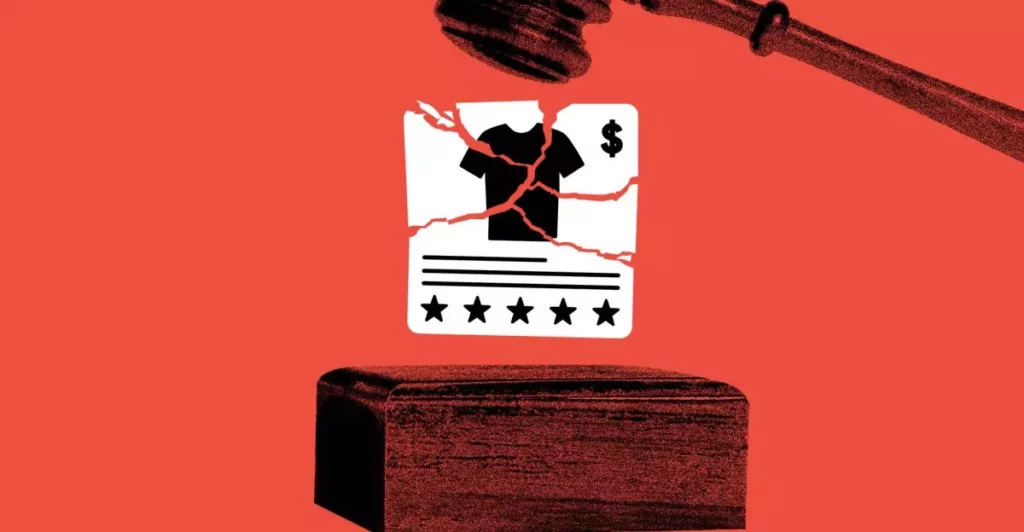
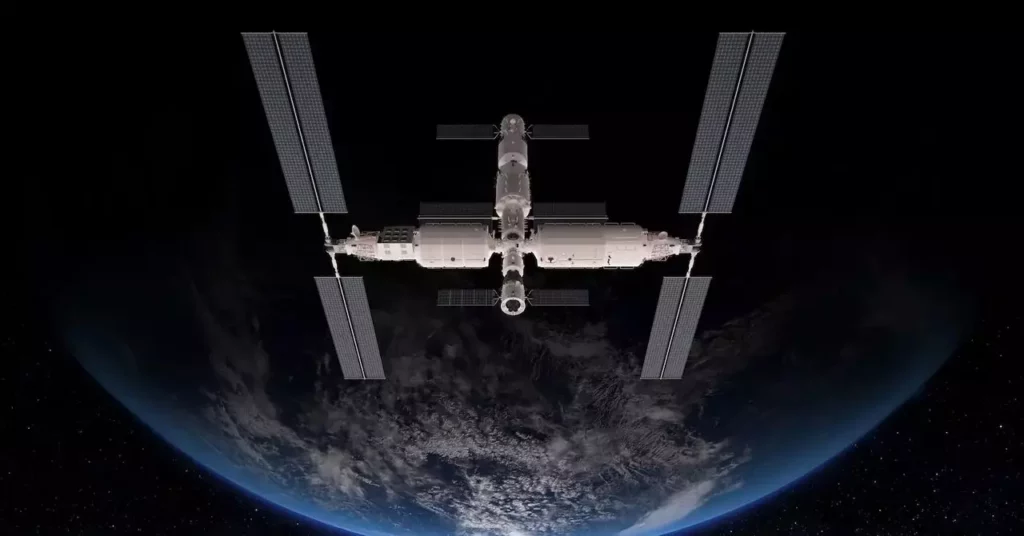
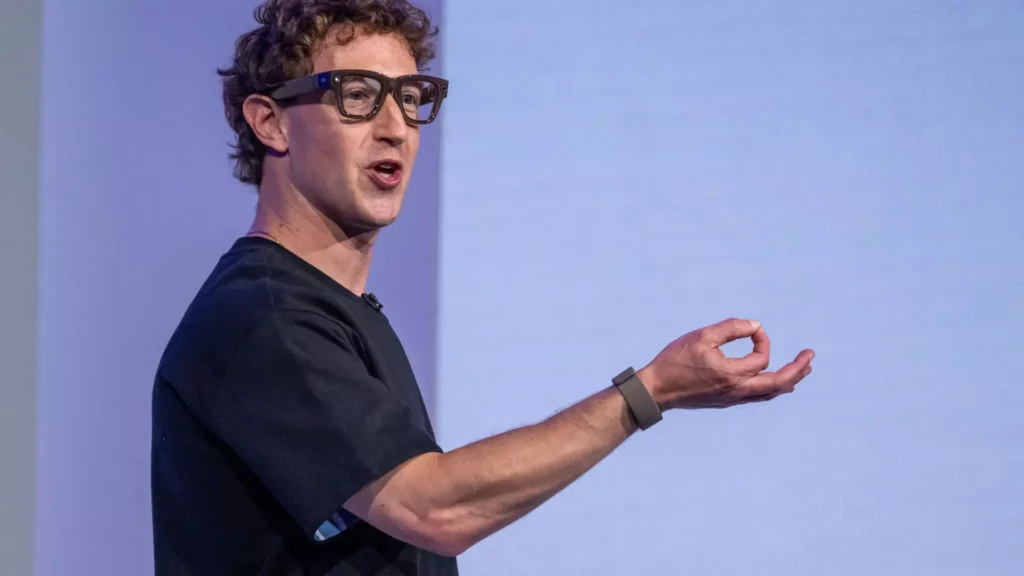

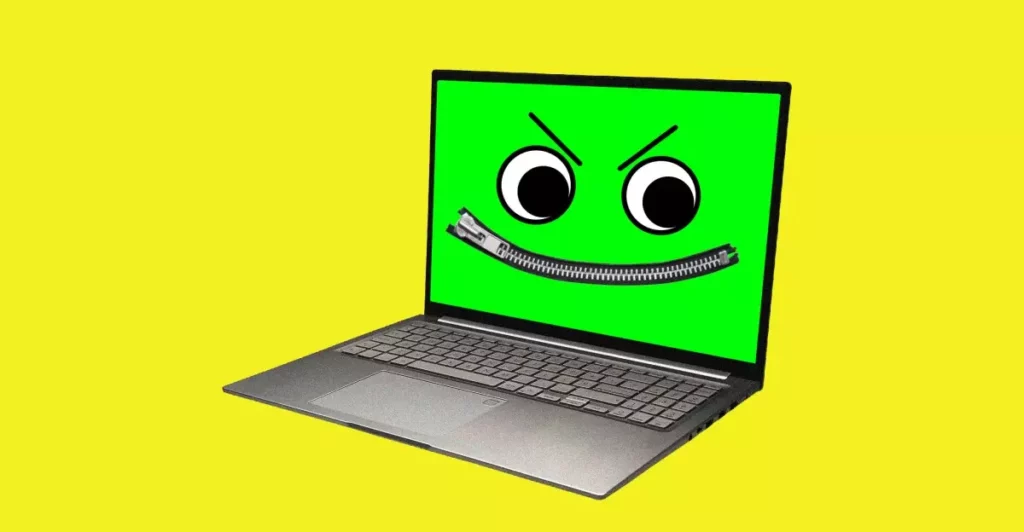
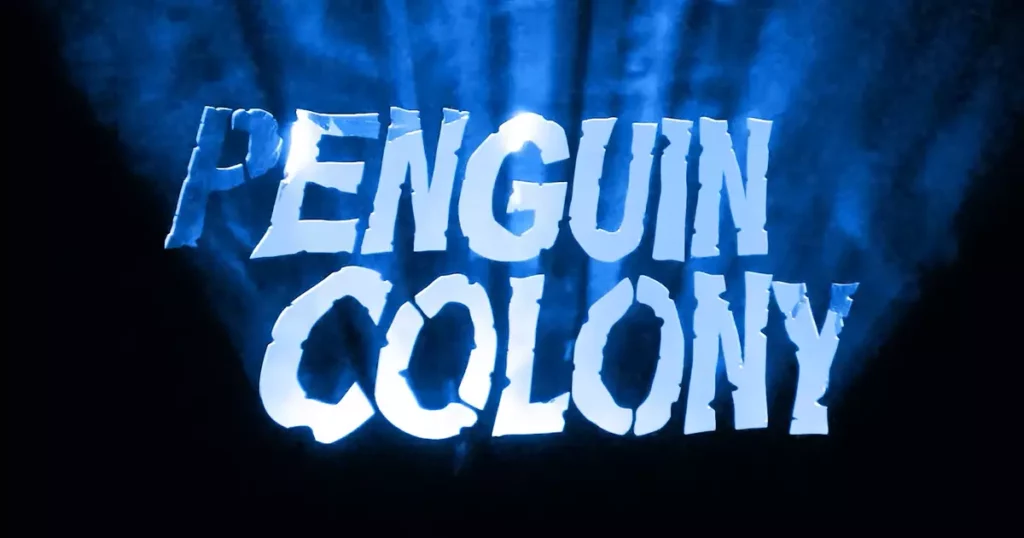
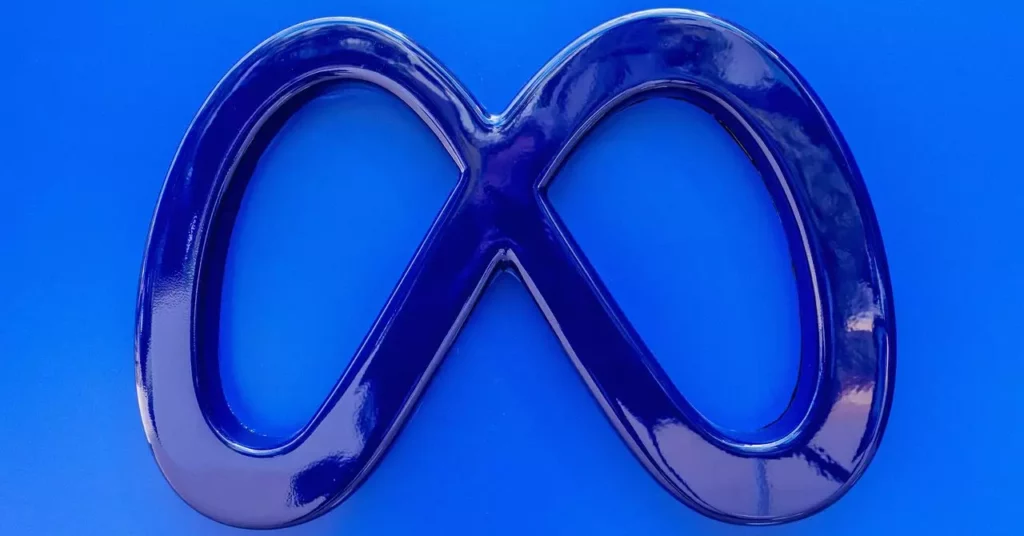
Leave a Reply